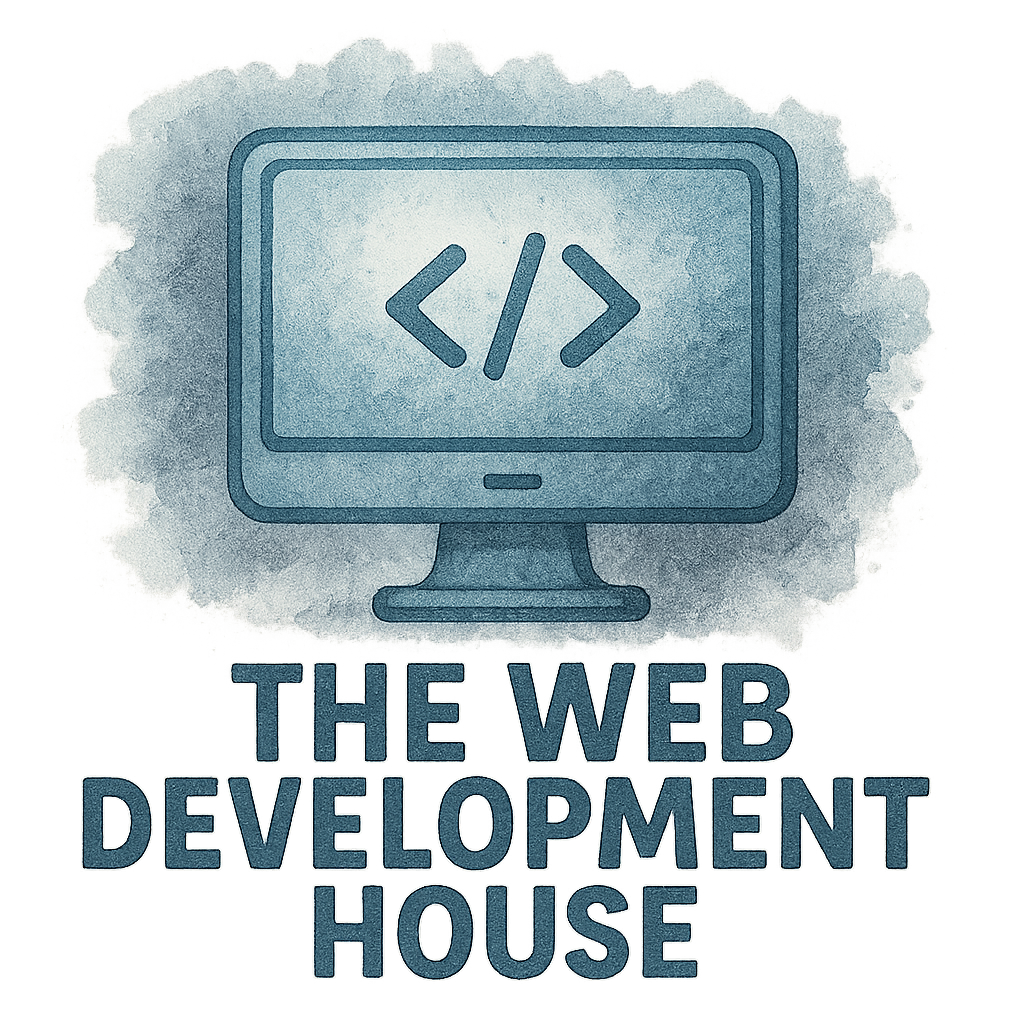Introduction
If you’ve ever stared at your JavaScript code wondering why nothing works, you’re not alone. Debugging is part of the developer’s journey. The good news? With the right techniques, debugging doesn’t have to be frustrating—it can actually be the smartest way to learn web development faster and better.
In this article, we’ll explore 8 debugging tips in JavaScript that will not only sharpen your coding skills but also save you time. Whether you’re just starting out or brushing up on your skills, these practical techniques will help you grow as a smarter developer.
Why Debugging in JavaScript Matters
The Role of Debugging in Learning Web Development
Debugging isn’t just about fixing mistakes—it’s about understanding how code behaves under the hood. Every error message is like a teacher guiding you toward better solutions.
Common JavaScript Errors Beginners Face
If you’re learning web development, you’ve probably seen these:
- Undefined variables
- Missed semicolons or brackets
- Wrong function calls
- Type conversion headaches
These aren’t setbacks—they’re opportunities to practice smarter debugging.
Debugging Tip #1: Use console.log() the Smart Way
Avoiding Overuse of console.log()
Sure, console.log() is every beginner’s best friend, but flooding your code with logs can get messy fast.
Using Labels and Context
Instead of:
console.log(data);
Try:
console.log("User data:", data);
This small shift saves time when multiple logs show up in your console.
Debugging Tip #2: Master Browser Developer Tools
Chrome DevTools for Debugging
Modern browsers come with powerful tools. In Chrome, the Sources tab lets you pause, inspect, and control how your code executes in real-time.
Breakpoints and Watch Expressions
Set breakpoints where you suspect errors. Add watch expressions to track variable changes step by step. This is like having an X-ray vision for your code.
Debugging Tip #3: Understand Error Messages Thoroughly
Syntax Errors vs. Runtime Errors
Syntax errors are usually simple: a missing parenthesis or curly brace. Runtime errors, however, occur when code looks fine but fails during execution.
Reading Stack Traces
Stack traces can look intimidating, but they’re a map to your error. Start reading from the top—often the issue is in your own script, not deep inside a library.
Debugging Tip #4: Use Debugger Statements
Pausing Code Execution
The debugger; statement is like a bookmark for your code. Insert it, and the browser halts execution, allowing you to examine variables and flow.
Combining Debugger with DevTools
Pairing debugger; with DevTools gives you full control—step through lines, check scopes, and trace execution effortlessly.

Debugging Tip #5: Test with Smaller Code Blocks
Isolating Problem Areas
Large files make debugging chaotic. Cut down the problem into smaller sections and test them separately.
Writing Minimal Test Cases
Think of it like testing Lego pieces before building the whole castle. Write small test cases to confirm each part works before combining them.
Debugging Tip #6: Leverage Linting Tools
ESLint for Best Practices
Linting tools like ESLint catch errors before your code even runs. This isn’t just debugging—it’s debug-prevention.
Preventing Errors Before They Happen
Think of linting as your spell-check for code. By following best practices, you’ll make fewer mistakes.
Debugging Tip #7: Check Data Types and Values
Common Type Conversion Issues
JavaScript loves converting values behind the scenes. “5” + 5 becomes 55, not 10. These subtle issues can break your logic.
Using typeof and instanceof
Quickly inspect variables with:
console.log(typeof userAge);
This helps prevent bugs caused by unexpected data types.
Debugging Tip #8: Collaborate and Use Documentation
Learning from Developer Communities
Don’t reinvent the wheel—chances are someone has faced the same bug. Sites like Stack Overflow and GitHub discussions are goldmines.
Using Official Documentation and Resources
The official MDN Web Docs and resources like The WD House provide reliable, up-to-date guides on UI/UX design, mobile development, and project management.
How Debugging Makes You a Smarter Web Developer
Building a Strong Problem-Solving Mindset
Debugging is like detective work—it sharpens your logical thinking.
Developing Clean and Maintainable Code
The more you debug, the more you appreciate clean code practices, documentation, and teamwork rooted in strong company culture.
Internal Resources for Learning Web Development Smarter
- Company Culture and Team Collaboration – Debugging isn’t just solo work; teamwork speeds up problem-solving.
- Project Management in Debugging Workflows – Organizing debugging tasks prevents wasted time.
- UI/UX Design, Mobile Development, and Web Development Integration – Debugging affects every stage of product development, from design to deployment.
Conclusion
Debugging in JavaScript may seem like a chore, but it’s really a superpower for learning web development smarter. By applying these 8 debugging tips, you’ll not only fix errors faster but also understand your code more deeply. Remember, every bug is just a hidden lesson waiting to make you a better developer.
FAQs
Q1: What’s the fastest way to debug JavaScript as a beginner?
Start with console.log() and gradually learn browser DevTools—it’s a natural progression.
Q2: How do I know if a bug is in my code or a library?
Read the error stack trace—if it points to your script, the bug’s yours. If it’s deep in a library, check how you’re using it.
Q3: Can ESLint completely prevent bugs?
No, but it drastically reduces common errors and enforces coding best practices.
Q4: Why should I use debugger; instead of only console.log()?
Because it pauses execution and gives you full visibility into code flow, something logs can’t always provide.
Q5: What’s the most common beginner mistake in JavaScript debugging?
Ignoring error messages—most answers are right there in plain text.
Q6: How does debugging improve teamwork in web development?
Collaborating on bugs encourages knowledge sharing, builds core values, and strengthens team culture.
Q7: Where can I find reliable resources to get better at debugging?
Use MDN, GitHub discussions, and professional blogs like The WD House for trustworthy insights.

